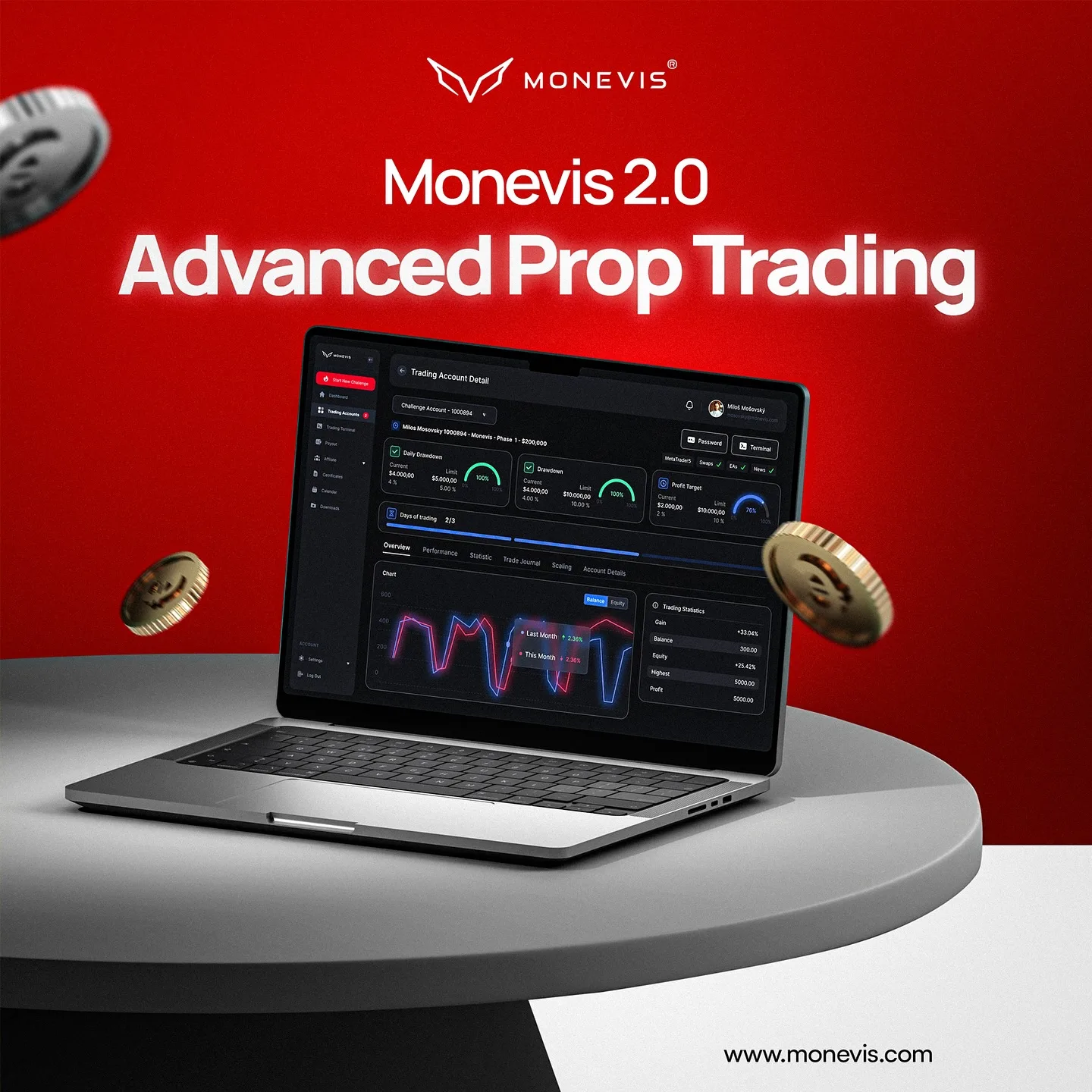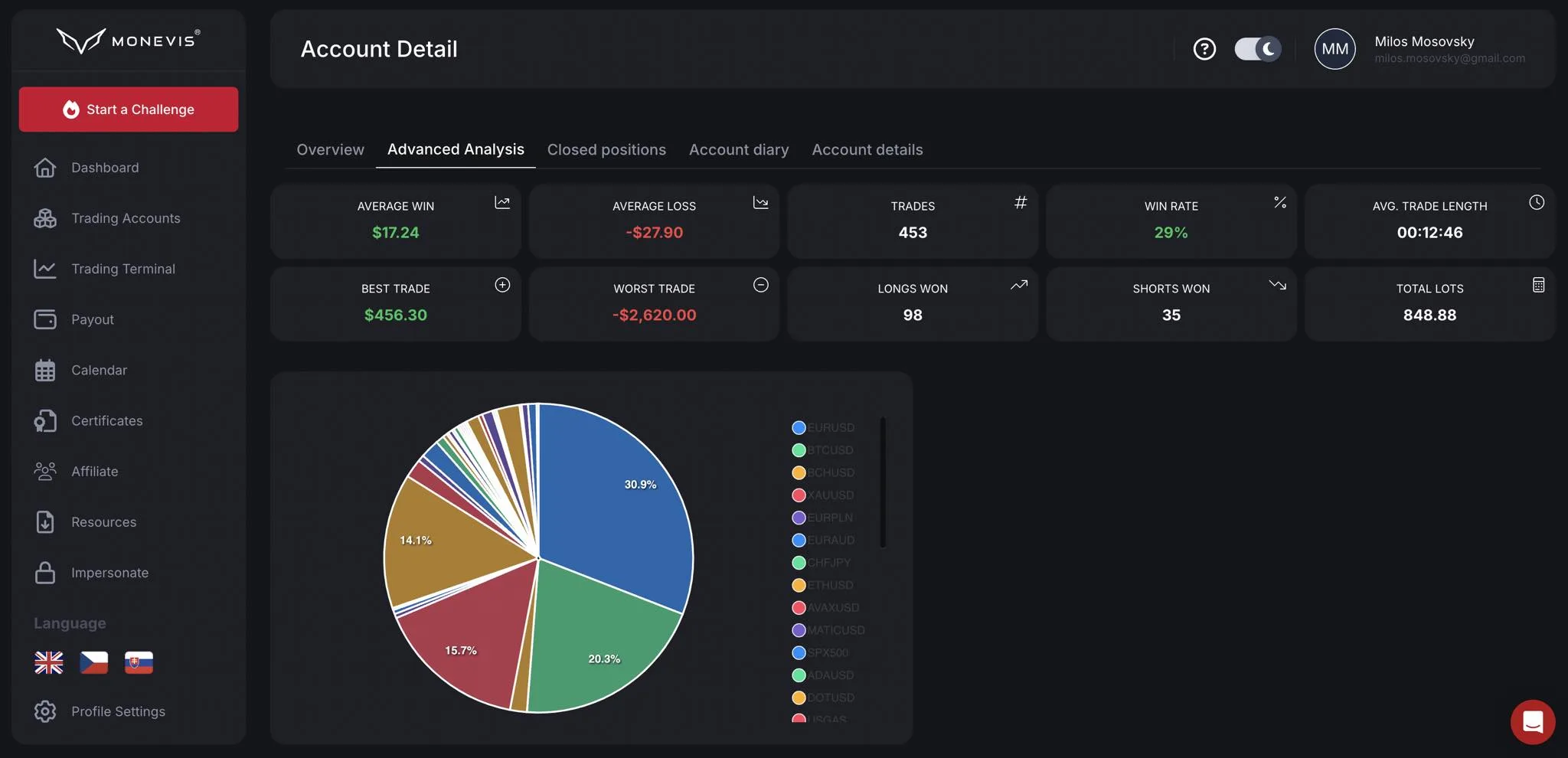HOT TIPP: Entfesseln Sie Ihr Handelspotenzial mit Monevis®

The Emergence and Growth of Electronic Trading
The world of finance has undergone seismic shifts in the past few decades, chiefly driven by the rapid advancement of technology. One key development that has revolutionized the trading landscape is the emergence of electronic trading. This new trading model has magnified the speed and efficiency of financial markets, creating an environment where trades can be executed in milliseconds and market information is disseminated globally in real-time.
In essence, electronic trading, also known as e-trading, refers to the process of buying and selling financial instruments electronically, without the need for human intervention. This type of trading occurs on electronic trading platforms that connect buyers and sellers worldwide.
The Evolution of Electronic Trading
Electronic trading debuted in the late 20th century, gradually replacing face-to-face transactions in physical locations. Prior to its advent, trading was a manual process, often executed on trading floors or over the phone. This process was time-consuming, inefficient, and susceptible to human error.
With the advent of the internet and the proliferation of personal computers, electronic trading began to gain traction, offering a more efficient and cost-effective alternative to traditional trading methods. In the 1980s and 1990s, electronic trading platforms such as NASDAQ, EBS, and Reuters Dealing 2000-2 emerged, giving traders the ability to execute trades from their desks. These platforms allowed for real-time pricing, increased transparency, and faster execution of trades.
Components of Electronic Trading
Electronic trading platforms are essentially software programs that provide the infrastructure for trading financial instruments. These platforms offer several features that help facilitate the trading process. Key components of electronic trading platforms include:
1. Market Data: Traders require access to real-time market data to make informed trading decisions. Most trading platforms provide live price feeds, news updates, and other financial data.
2. Order Entry: Traders use the platform to enter their orders. The platform then sends these orders to the appropriate exchange for execution.
3. Risikomanagement: Risk management tools allow traders to set stop-loss orders, limit orders, and other risk management strategies. This helps traders control their potential losses.
4. Trade Execution: Once an order is entered, the platform routes it to the appropriate exchange or other venue for execution. The platform then confirms the trade execution to the trader.
5. Post-Trade Processing: After the trade is executed, the platform facilitates the clearing and settlement of the trade.
The Benefits of Electronic Trading
Electronic trading offers numerous advantages over traditional trading methods:
Speed and Efficiency: Electronic trading platforms can execute trades almost instantaneously. This is a huge leap from the days when trades had to be telephoned into a broker and then manually entered.
Lower Transaction Costs: Because electronic trading eliminates the need for brokers, it often results in lower transaction costs.
Increased Transparency: Electronic trading platforms provide real-time price information, which increases market transparency and helps traders make more informed decisions.
Greater Accessibility: Electronic trading platforms are accessible from anywhere with an internet connection, enabling traders to participate in global markets.
The Challenges and Risks of Electronic Trading
While the advantages of electronic trading are numerous, it also presents unique challenges and risks:
Technology Risk: Electronic trading is heavily dependent on technology. System failures, cyber-attacks, and other technological problems can disrupt trading and cause significant losses.
Market Volatility: The speed and efficiency of electronic trading can lead to rapid price changes and increased market volatility.
Regulatory Risk: Electronic trading is subject to regulatory oversight, and changes in regulations can impact trading practices.
Operational Risk: Electronic trading involves complex processes and systems. Operational problems can lead to trade errors, financial losses, and reputational damage.
In conclusion, electronic trading has transformed the financial landscape, offering numerous benefits such as increased speed, efficiency, and market transparency. However, it also presents unique challenges, including technological and regulatory risks. For this reason, traders must be well-versed in the intricacies of electronic trading and stay informed about regulatory changes and technological advancements. Despite these challenges, the trend towards electronic trading is likely to continue, driven by ongoing technological innovation and the demand for efficient, transparent, and accessible markets.
HOT TIPP: Entfesseln Sie Ihr Handelspotenzial mit Monevis®
